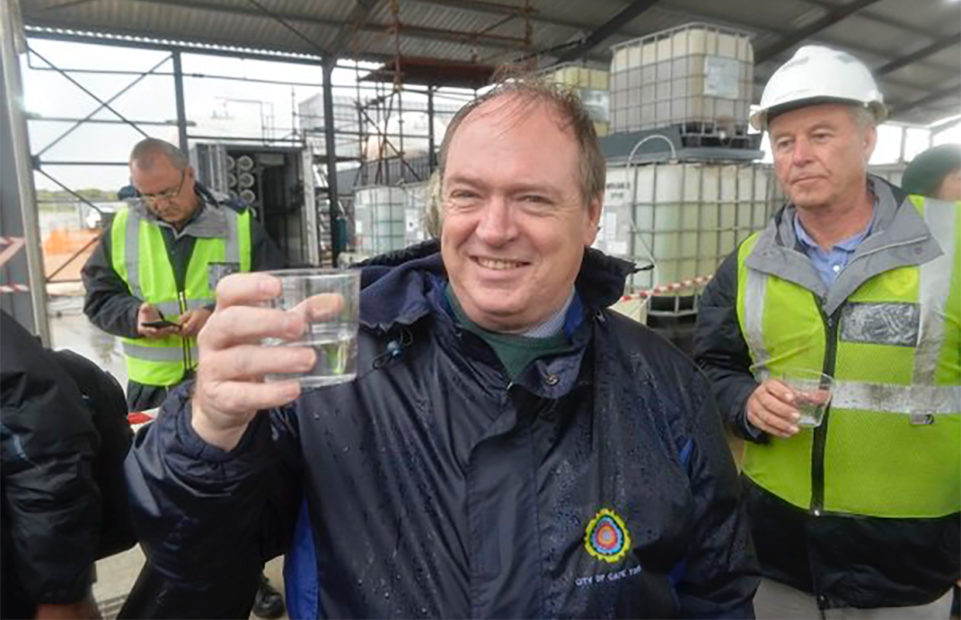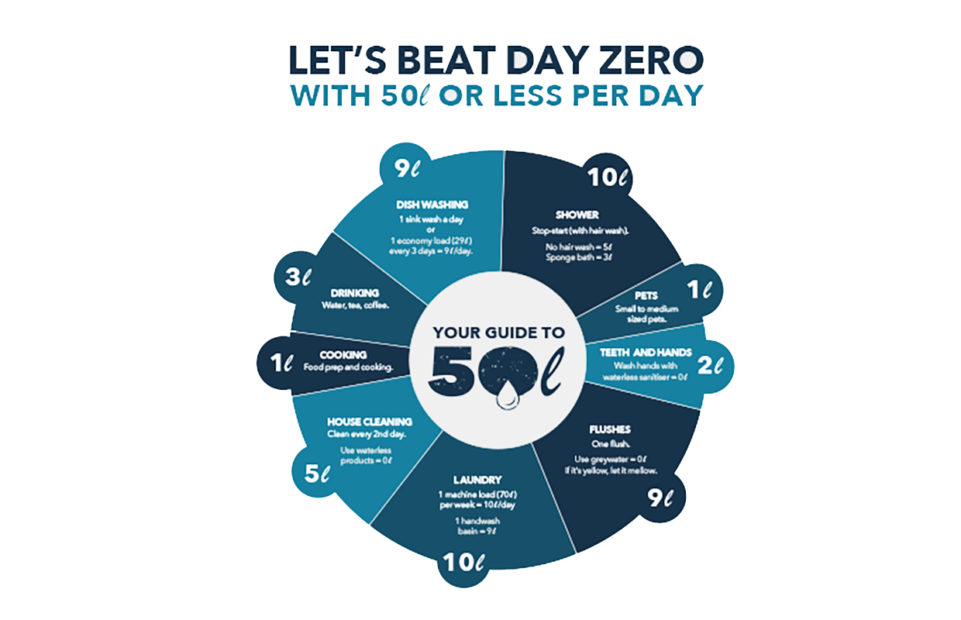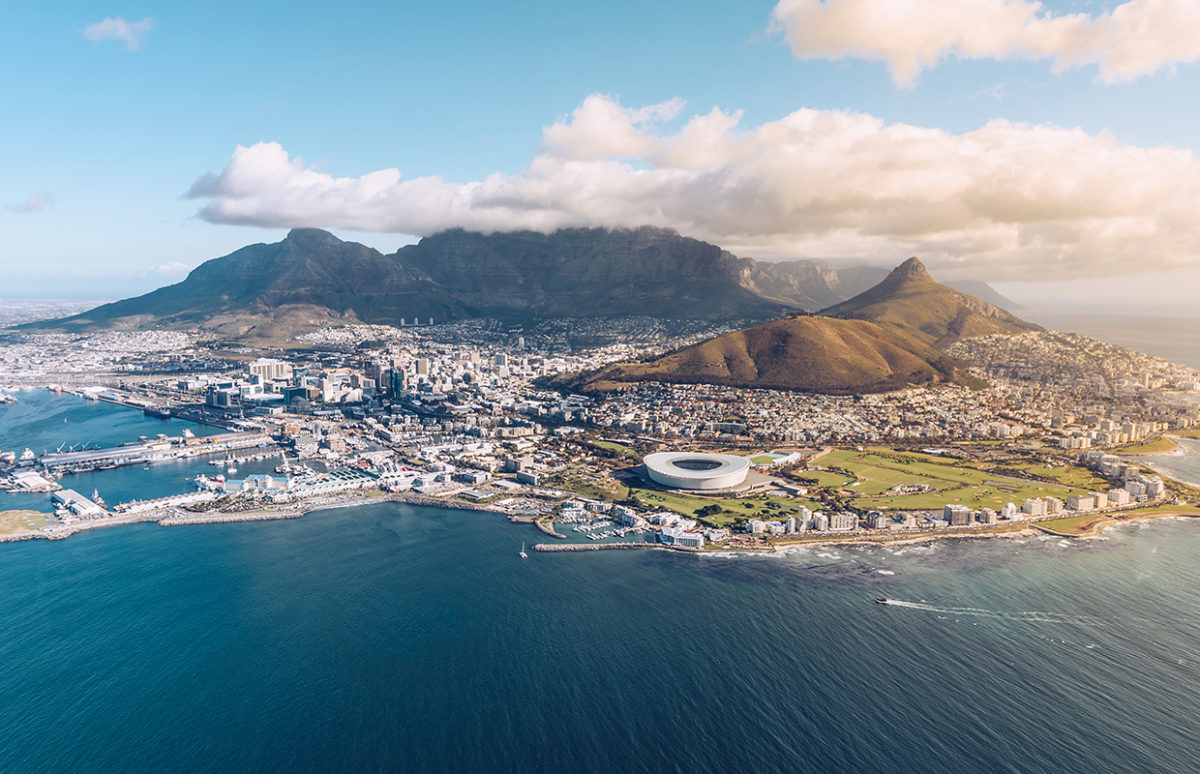South Africa’s second largest city came very close to running out of water in April. Only a massive effort by its citizens has delayed "Day Zero" for now. More and more urban areas face water shortages as a result of climate change.
Three years of unusually low rainfall, combined with population increases, left Cape Town in real danger of running dry. The metropolitan area's 3.7 million citizens were urged to limit their use to 50 litres per person per day. (The average consumption in Europe is 128 litres per person per day.) Otherwise, the city authorities, said, 21 April would be Day Zero, when water levels fell so low that water supplies to homes would be cut off, and citizens would have to collect water from emergency water points.
Citizen Action
Thanks to major efforts, Cape Town reduced water use from 600 million litres per day to 507 between April 2017 and April 2018. That was sufficient progress towards the target of 450 million that the city was able to push the spectre of Day Zero off till next year. But the efforts must be kept up, even if, as everyone hopes, the city receives sufficient rainfall over this Southern Hemisphere winter. For now, the city’s dams are only 20% full.
The winter will give the city time to extend measures such as repairing water infrastructure and adding more desalination plants to the emergency ones that were brought online in recent months. It’s one potential water source that Cape Town can exploit as a coastal city.

The council is urging citizens to keep up their efforts for example:
- Limiting toilet flushing, or using “greywater” (saved from showers or laundry) or rainwater to flush. Each flush uses up to 15 litres of water.
- Banning baths and taking short “stop-start” showers. (Turn the water on to wet the body, then off while you soap, and in again briefly to rinse.)
- Only running washing machines or dishwashers when they are full.
- Checking for water leaks.

World Water Crisis
While almost a billion people worldwide lack access to safe drinking water, German environmental consultancy GIZ estimates that in the world’s poorest countries, up to 80% of water is lost through leakages in the supply systems. Even in the U.S.A., it is estimated that 50% of water seeps away through leaks before reaching the end user.
Other cities around the world are facing similar problems. Many of the 21 million residents of Mexico City only have intermittent access to tap water. Sao Paolo, Jakarta and several Indian cities are at crisis point. Water experts in Melbourne, Australia, think the city will run out of water in the next ten years.
Copyright(s) :
Craig Howes / Cape Town Tourism
City of Cape Town
Tag(s) : "Cape Town" "climate change" "drought" "ecology" "environment" "resources" "South Africa" "water"





